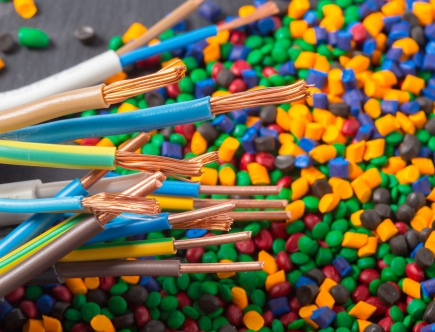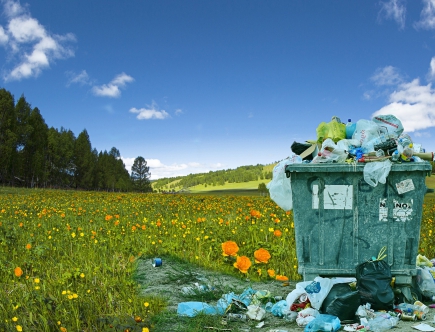Plastic

The source of plastics is crude oil, gas and coal. Generally, the main source of plastic is the residual materials from the oil refinery. Only 4&49; of the total oil produced in the world is used for plastic production.
Plastics have a wide usage area due to their low density, strength, ability to shape as desired and low cost.
The ubiquitous plastic has an environmental price to pay as a result of its versatile use. Plastics have become the packaging material with the most negative image due to their waste. Since 1970, the use of plastic has increased fivefold. Until recently, most of the wastes generated as a result of this use ended up with burying in the ground. However, burying in the ground did not solve the problem of plastic waste. Therefore, within the framework of seeking a solution to the problem, separating plastics from waste and including them in the reproduction process with the most effective method and cost-effectively is important in terms of reducing plastic waste and using resources effectively.
Plastics are difficult to destroy as they are the substance with the longest decomposition time in nature. When plastics are thrown away, they do not rot, do not rust, do not dissolve, do not biodegrade and remain in nature for many years without deterioration. There are some plastics that can remain intact in nature for 1000 years. It causes pollution of water and soil. It harms aquatic creatures and even causes their death.
For this reason, these materials should be collected and recovered as separate as possible.
Again, instead of producing plastics by using new resources, using plastic waste to obtain recycled products provides energy savings of 85-90&49;.
Plastics are divided into classes within themselves. These;
PE(polyethylene)
Main areas of use: Shopping bags, cosmetic packaging, ice cream containers.
They can turn into new shopping bags, films, various bottles, recycling bins, garbage bags, agricultural pipes, playground equipment.
PET(Polyethylene Tetrapythalate)
Main areas of use: It is used in the production of soft drinks, soda, fruit juice, water and oil bottles, jars, transparent and lidded market and delicatessen containers and various food packages.
Beverage bottles, plastic trays, synthetic carpet contents can turn into stretchy pencils.
PP(Polypropylene)
Main areas of use: It is used in the production of thin packages of fast consumption food products, ketchup bottles, yogurt, cheese, margarine containers.
They can turn into packaging of cleaning and chemical materials, battery components, plastic brushes and brooms, oil cones, bicycle gears and cans, car parts, plastic trays, synthetic contents of carpets, fibers used in textiles and industrial fibers.
PS(Polystyrene)
Main areas of use: It is used in the production of plastic cutlery, medicine bottles, meat plates, yogurt and margarine containers.
They can evolve into a range of new products, including yogurt cups, office accessories, plastic trays, toys, videotapes and key cases, and insulating materials.
Packaging wastes coming from market main warehouses, sales points and source separation works and plastic packages coming to our recycling facility from industrial establishments are sorted according to their classes, colors and production processes and baled to be sent to recycling facilities.
Recyclable Plastics
Tea and coffee, plastic cups thrown from water machines, detergent containers, all kinds of plastic bags and packaging products, fruit juice, soft drink and food containers, soap and detergent containers, rice and similar pulses packages, such as basins, buckets, cans, laundry baskets , plastic chairs, tables, plastic milk and ayran, yoghurt boxes, plastic bags, plastic soda, soft drink, shampoo, bleach bottles, stretch film.
Non-Recyclable Plastics
Engine and machine oil cans, paint cans, varnish cans, margarine containers, dirty and oily containers, deodorants. It is inconvenient to recycle motor oil plastic bottles, antifreeze containers, gasoline and oil supplement bottles, and brown liquor bottles.


